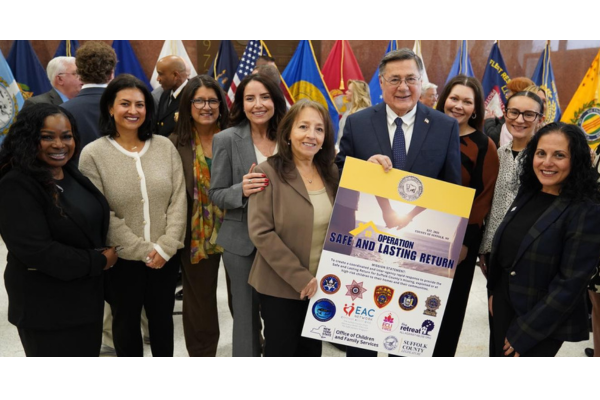by Ellie Kurrus
Can you imagine having to make a choice between staying in your home with an abusive partner or homelessness? This is the decision many survivors of domestic violence experience every day. Perpetrators of domestic violence tend to use violence to gain control and power over their partner. In addition to physical abuse, this often includes economic abuse and isolation from friends, family, and a support network. When economic abuse occurs, survivors have very little access to money, credit cards, bank accounts and often face the difficult decision to stay and live with an abuser or risk homelessness due to lack of resources to live on their own.
At The Retreat, we have seen many survivors and their families arrive at our shelter in the middle of the night with nothing but the clothes on their backs. In addition to clothing them, providing them with food and a safe place to sleep, we also provide essential services for them to overcome the trauma of abuse. That includes counseling for survivors and their children, legal advocacy to help them navigate the court system and obtain orders of protection, as well as classes in personal finance to help them take charge of their economic future. However, what happens if someone suffering from abuse doesn’t make it to a safe shelter like The Retreat?
Many of them become homeless and the statistics are staggering.
When examining the causes of homelessness among mothers with children, several studies have found that more than 80% had previously experienced domestic violence. Yet when we dig in further, up to 57 percent of homeless women cited domestic violence as the immediate cause for their homelessness. Meaning they were fleeing an abusive relationship and ended up homeless, either on the streets or in a homeless shelter.
Sadly, there often are not enough beds at domestic violence shelters to accommodate all the survivors of abuse. According to www.endhomelessness.org, “On a single night in 2019, homeless services providers had more than 48,000 beds set aside for survivors of domestic violence.” While homeless shelters can provide safety for families, they may not provide all the services needed for these families to overcome the trauma they have survived in their previously abusive living situations.
The Retreat is an ideal place for survivors to seek help and overcome the trauma of abuse. However, what happens to survivors once they transition out of our shelter if they don’t have a home to which they can return?
Homelessness is caused by many factors, but post-pandemic, the rates have risen significantly in urban areas for many reasons. So too have the rates of domestic violence caused by the stresses of the pandemic and lockdown orders that intend to help stop the spread of Covid-19, but might increase the risk of violence. One thing is certain, domestic violence and homelessness are intertwined. If we can break the cycle of abuse, we can also reduce the rates of homelessness, particularly among women. It was Confucius who said, “The strength of a nation derives from the integrity of the home.” This could not be more true.
The Retreat’s residential shelter provides emergency housing for up to 18 adults and children. While in the shelter, clients receive counseling, legal advocacy, educational programs, and case management. If you are in an unsafe situation, call our 24-hour hotline at 631-329-2200 to learn more about your options.
